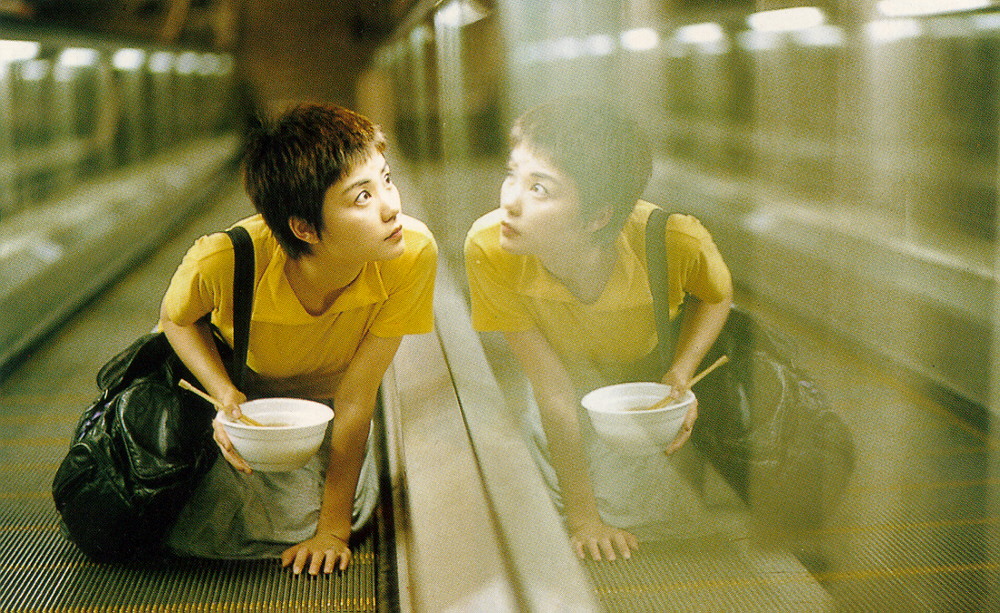
If your favorite romantic films aren’t on this list, don’t get angry. Just add it in the comments. Choosing 30 out of so many romantic films is a very difficult task. It can be simple in only one way that it will be very much subjective. Of course, all lists are subjective.
This list has tried to collect the best romantic films of all time. It has excluded many other cliché titles and, of course, other underappreciated titles as well. Please note all the films on this list are ranked in chronological order.
1. City Lights (Charlie Chaplin, 1931)
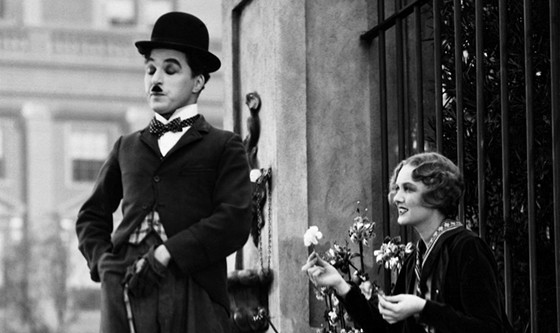
This list would be incomplete without this famous Charlie Chaplin film, which is one of his masterpieces. The best part of this silent film is its simplicity, humor, platonic love and the typical Chaplin-style.
The Tramp (played by Chaplin) falls in love with a flower girl who is poor and blind. When he first meets her and buys flowers, he doesn’t know she is blind. He is running away from people at that moment. Afterward, when he learns about her poverty and blindness, he decides to help pay for her eye operation and rent. He is also poor, who doesn’t even have the surety of the job. Now love gives him the power to do some audacious works, like boxing. He makes money from boxing and gives it to her.
The problem is that she doesn’t know who he is and how he looks. After the successful operation, she searches for him to discover who he is but to no avail. She still sells flowers, especially in the hope that he will come back one day.
2. L’Atalante (Jean Vigo, 1934)
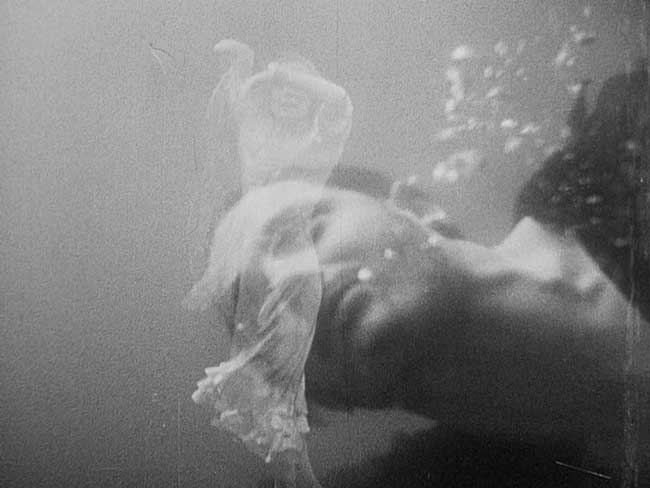
This film shows the tension of a newly married couple who decides to spend their honeymoon aboard the L’Atalante, the canal barge. The husband is the captain of L’Atalante and the wife is an ordinary girl from his village. Tension comes when the members of his crew, who aren’t accustomed to the presence of woman aboard, meets the wife.
For example, when one of the men and the wife are talking in the cabin, he gets so jealous that that becomes the starting point of their breakup. The series of jealous events again come afterward when a man dances with her and lures her to run off with him.
This jealousy and love are the main themes of this film, which create tension between a newly married husband and wife. This film is highly influential to many directors, especially of French New Wave.
3. Casablanca (Michael Curtiz, 1942)

You can see this title on almost all romantic film lists and it has become almost a clichéd title. Many film buffs now find it somehow overrated, while it is still regarded as one of the greatest films of all time. This film may not need any explanation since almost all cinephiles have seen it. Everything about this film is popular: the story, music, stars, writer, director and the film itself.
It is set during World War II. It focuses mainly on the psychology and character of an American expatriate (played by Humphrey Bogart) who is obliged to choose between his love for a woman (played by Ingrid Bergman), and helping her husband to escape the Vichy-controlled city of Casablanca to continue his fight against Nazis.
4. Ugetsu (Kenji Mizoguchi, 1953)
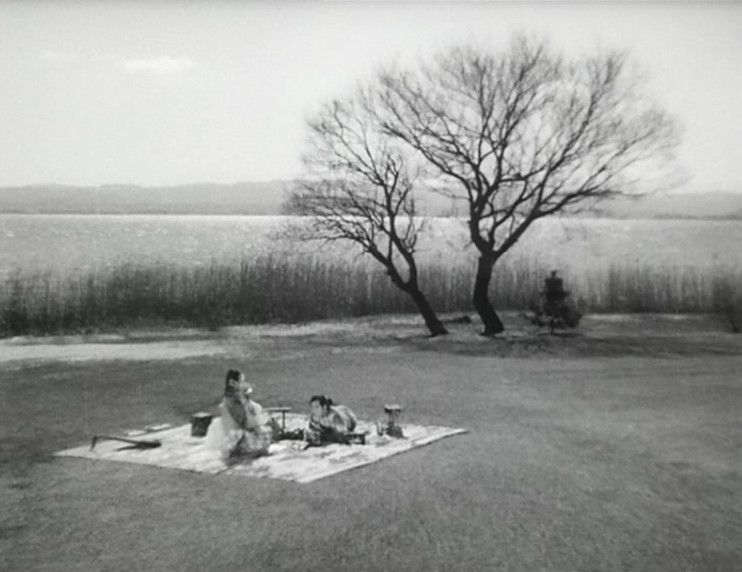
This film shows the ultimate devotion of a wife to her husband, especially of ancient Asia. Generally noticed as the horror film, it is actually a great story about love. Mizoguchi has used horror and surreal elements to depict the platonic love of a woman to her husband.
This film is one of the most popular Japanese films, which is generally regarded as the turning point to make Japanese films popular in the West. Mizoguchi, Kazuo Miyagawa, Masayuki Mori and Machiko Kyo have a successful collaboration in this stunningly beautiful film.
The husband ends up getting involved in a romantic relationship with a beautiful noblewoman when he goes to the city to sell his potteries. He somehow feels guilt deep inside that he is deceiving his wife and son, who are very poor and striving in the chaos of war. Here, he has a beautiful woman, property, mansion and servants. But in the village, he has a lovely and devoted wife, and a son.
5. The Earrings of Madame De…. (Max Ophuls, 1953)
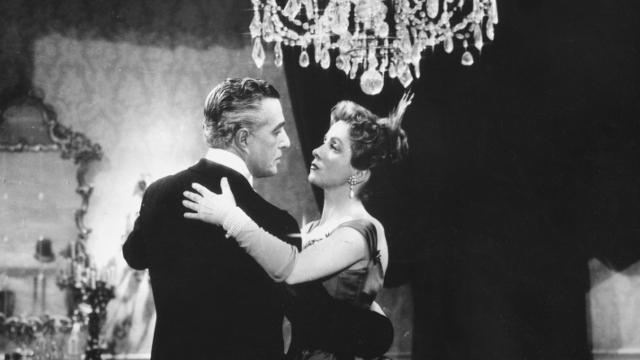
The earrings of its female lead create the tension throughout the whole film. Sometimes, it ends up in her husband’s hand, sometimes in her lover’s, sometimes her husband’s secret mistress’s and sometimes the original jeweler’s. Those earrings are a gift in her marriage by her husband, but due to her spendthrift and superficial nature, she needs a lot of money to maintain her costly lifestyle. So she secretly sells her costly earrings to the original jeweler. Then start the twists and turns.
Her husband is a famed aristocratic person who makes a big fuss about those earrings. The event becomes famous through newspapers. Then come a lot of twists where the earrings go to different people, but the main thing is that those earrings will be the major factor contributing to the pain and depression of its female lead.
Love, marriage, infidelity and jealousy are the main themes of this very fascinating story. There comes a time when the husband finds out the truth about his wife’s secret affair. What does this prestigious, high-ranking army general do? That’s very interesting.
6. All That Heaven Allows (Douglas Sirk, 1955)
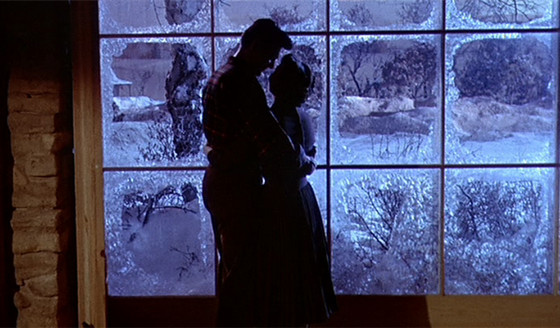
This film shows the psychological dilemma of a woman (Jane Wyman) who finds it difficult to choose between her love or her family, friends and social status. The reason for that dilemma is the fact that she is a widow who falls in love with her gardener.
Her family is very wealthy, prosperous and dignified, while the gardener lives a simple and a little outsider life, and more especially, he is poor and doesn’t have social status. But he is a very passionate, self-respecting and confident man. The other main thing about their unusual relationship is that she is many years older than him.
They fall in love with each other and continue it in spite of social backbiting. But her son and daughter play vital roles in their breakup. Even though they love each other, they can’t live and meet anymore.
Douglas Sirk has mainly focused this film on the psychology, character and confusion of this woman who has to face the harsh social reactions against her love.
7. Pyaasa (Guru Dutt, 1955)
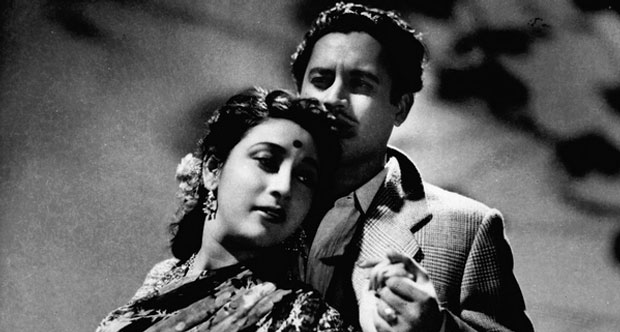
This film mainly tells the story of the struggle of a poor poet (played by director Guru Dutt), who wants to make his poems known and make money from them. But publishers don’t care about him. His own family also humiliates him, saying that he is just a good-for-nothing guy. His ex-girlfriend marries a rich publisher just for financial security.
This struggling poet becomes just like a stray dog upon which nobody shows affection, instead hating and humiliating it. But there is a “prostitute with a heart of gold” who loves him platonically after reading his poems. She will be the very person who helps his poems get published.
There are a lot of intriguing twists that had made this film heart-rending. You’ll end up on the verge of tears during the last scenes, especially when poet sings his songs and poems in front of the public who reckon that he is already dead.
8. Hiroshima mon amour (Alain Resnais, 1959)
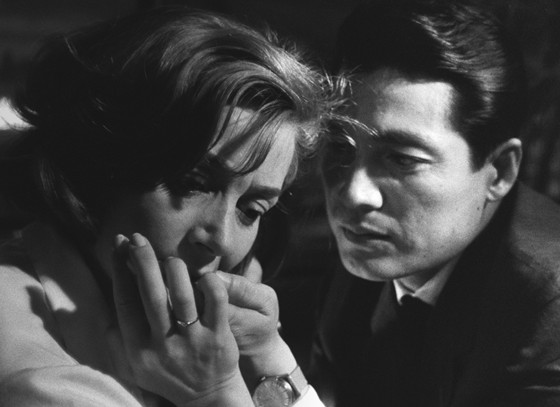
This impenetrable and puzzling film is the pioneer of the Left Bank Movement. Shown in a non-linear storyline, the first part is like a documentary (reminiscent of Resnais’ “Night and Fog” in style and cinematography) and second part is like a feature film. The characters don’t have names here; they are simply called He (played by Eiji Okada) and She (Emmanuelle Riva).
The first part has a lot of conversations between them, mainly about their memory and forgetfulness. They have had a relationship but the male lead isn’t sure of it. The female lead continuously talks about their past relationship but he constantly disagrees with her. But they are in a romantic relationship and want to continue at least until she departs to France, her country. The film’s events happen within a 36-hour period, but their conversations contain a lot of memories about their past relationship, which is very puzzling and interesting.
The second part is like a feature film that has many romantic twists, meetings and conversations, which help uncover their mystery. After a poetic documentary-like first part, the second part gives a very different feeling, which makes us re-watch the first part again and take care following the conversations. It is very hard to comprehend fully, so it ultimately needs multiple views.
9. Last Year at Marienbad (Alain Resnais, 1961)
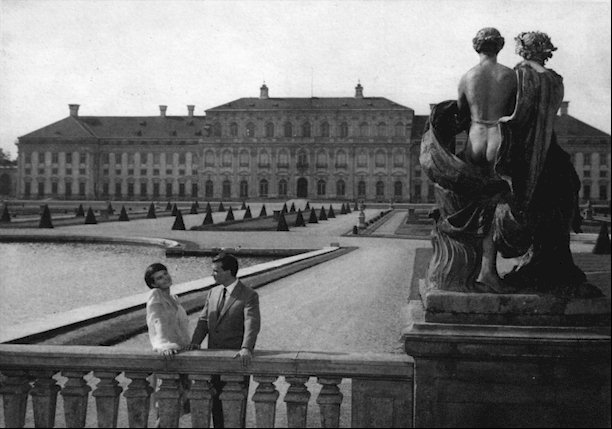
Another impenetrable, great and puzzling masterpiece from Resnais on this list, this film is also somehow similar to “Hiroshima mon amour”. It may be the act of experimentation, the use of hypnotic narration and beautiful cinematography, and nameless confused characters, are some of the similarities between them.
This dream-like film has three main characters: a man, a woman, and another man who seems to be her husband. The first man continuously persuades a woman that they had met a year before in Marienbad and have had a relationship, but the woman continuously denies his claims.
This persuading, claiming, and denying process happens over the whole film, which has actually puzzled many viewers. He has another problem apart from the woman’s denial, and that is the second man. He may be her husband or lover, or at least the man who takes control over her.
Director Resnais and screenwriter Alain Robbe-Grillet are more focused on the minds of the film’s characters, style, cinematography, time and locations. More especially, they have tried to make this film exactly like a dream, where there are no exact relations of cause and events, time and location, mind and character.
10. La Notte (Michelangelo Antonioni, 1961)
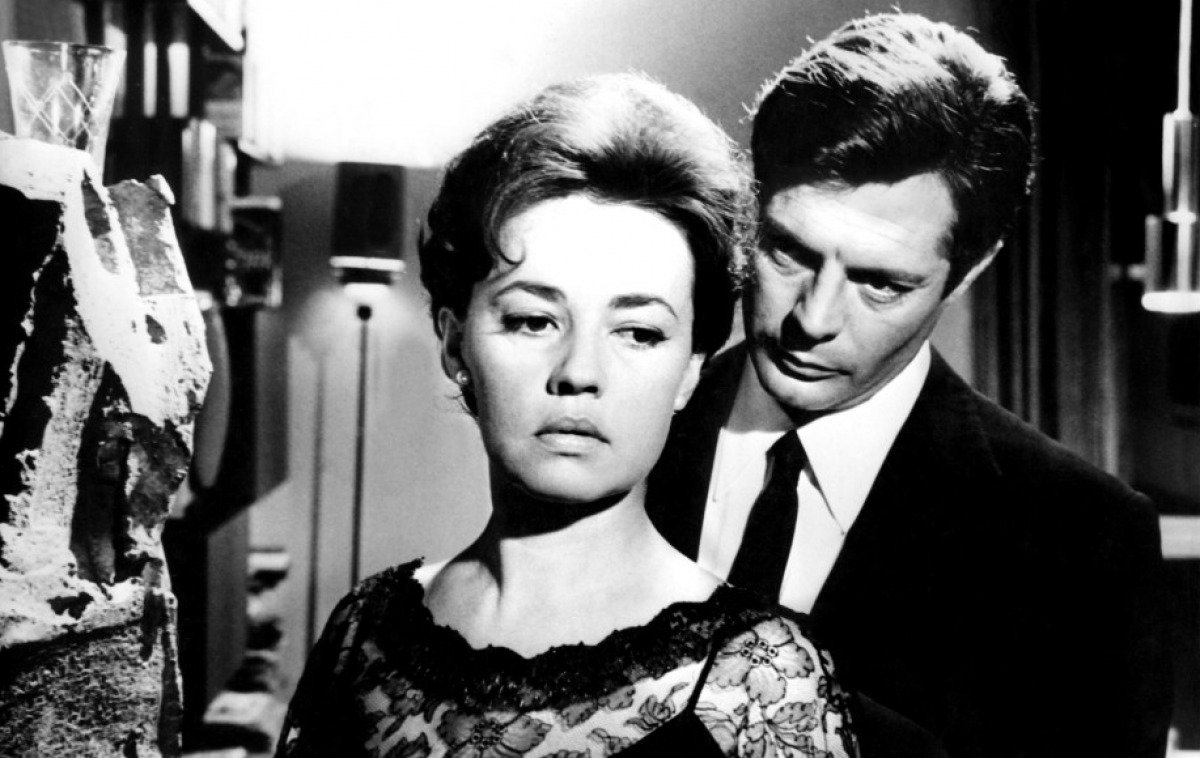
This is the best film of Antonioni’s trilogy, which consists of other two films, “L’Aventurra” and “L’Eclisse”. His typical style has been more perfectly mastered in this film than in his prior films.
This film tells of a deteriorating relationship of an unfaithful married couple; all events happen within a day. A famous writer (played by Marcello Mastroianni) and his beautiful wife (played by Jeanne Moreau) realize at the end that they don’t love each other anymore. They even say that to each other, but still they somehow have to continue their decadent marriage.
Monica Vitti has an important part here, as a woman who meets with a writer and flirts with him to some extent. So, a little part of jealousy also comes from that, but that doesn’t affect the wife since she already realizes she doesn’t love her husband anymore.
Other than the characters, events and the theme of a decadent relationship, it is mostly remembered for its style. Antonioni has used a very innovative and idiosyncratic style and beautiful cinematography, and it became one of the landmark films of that period.